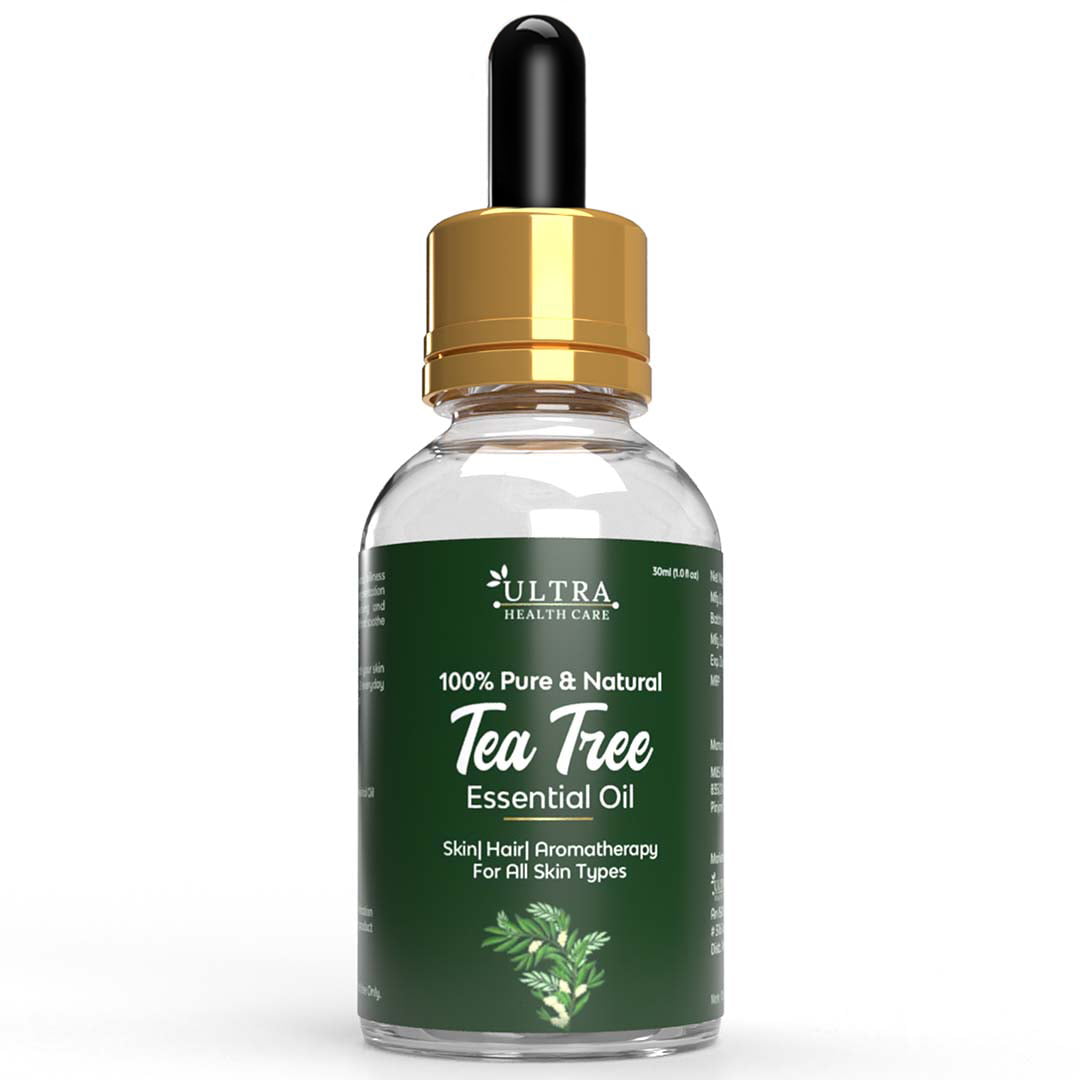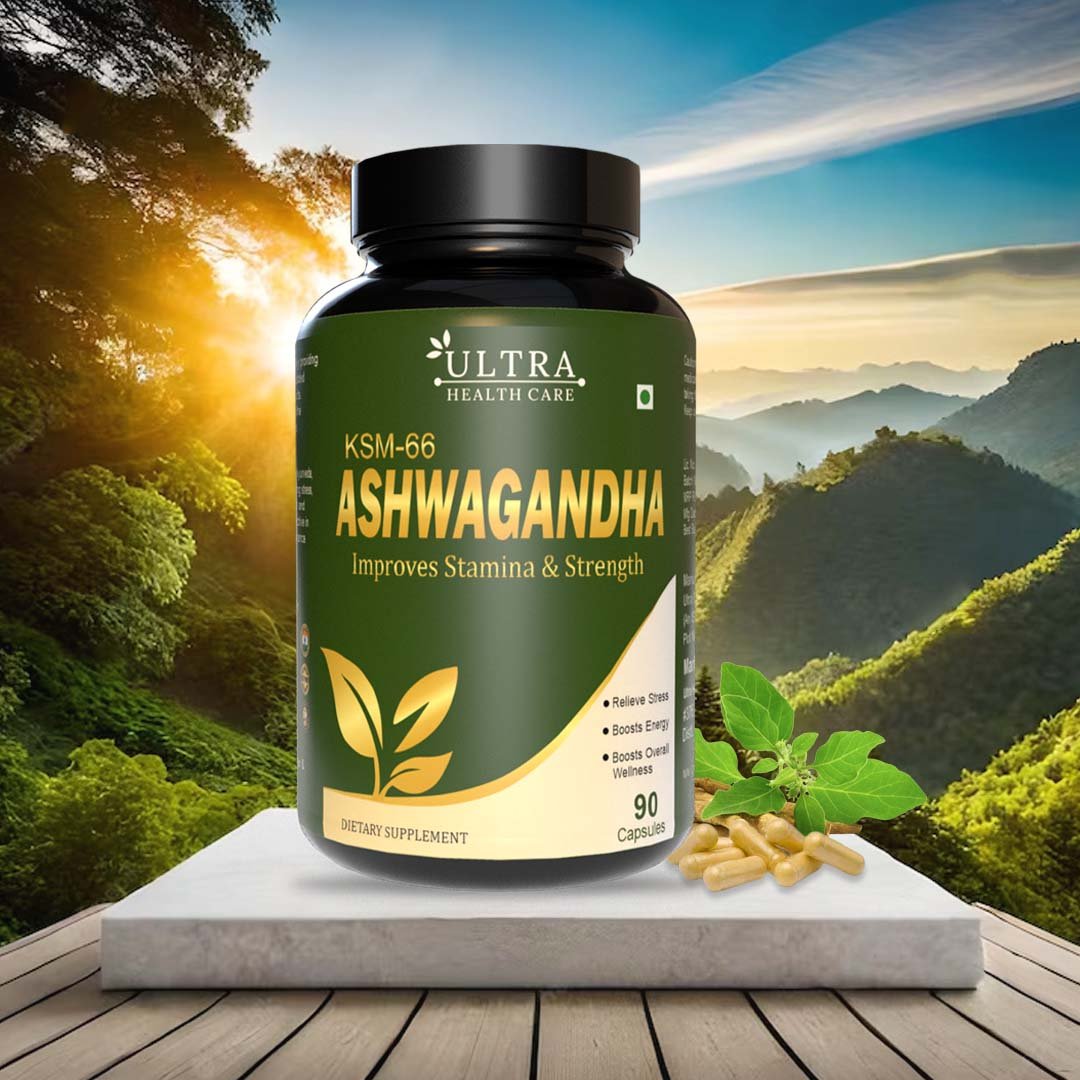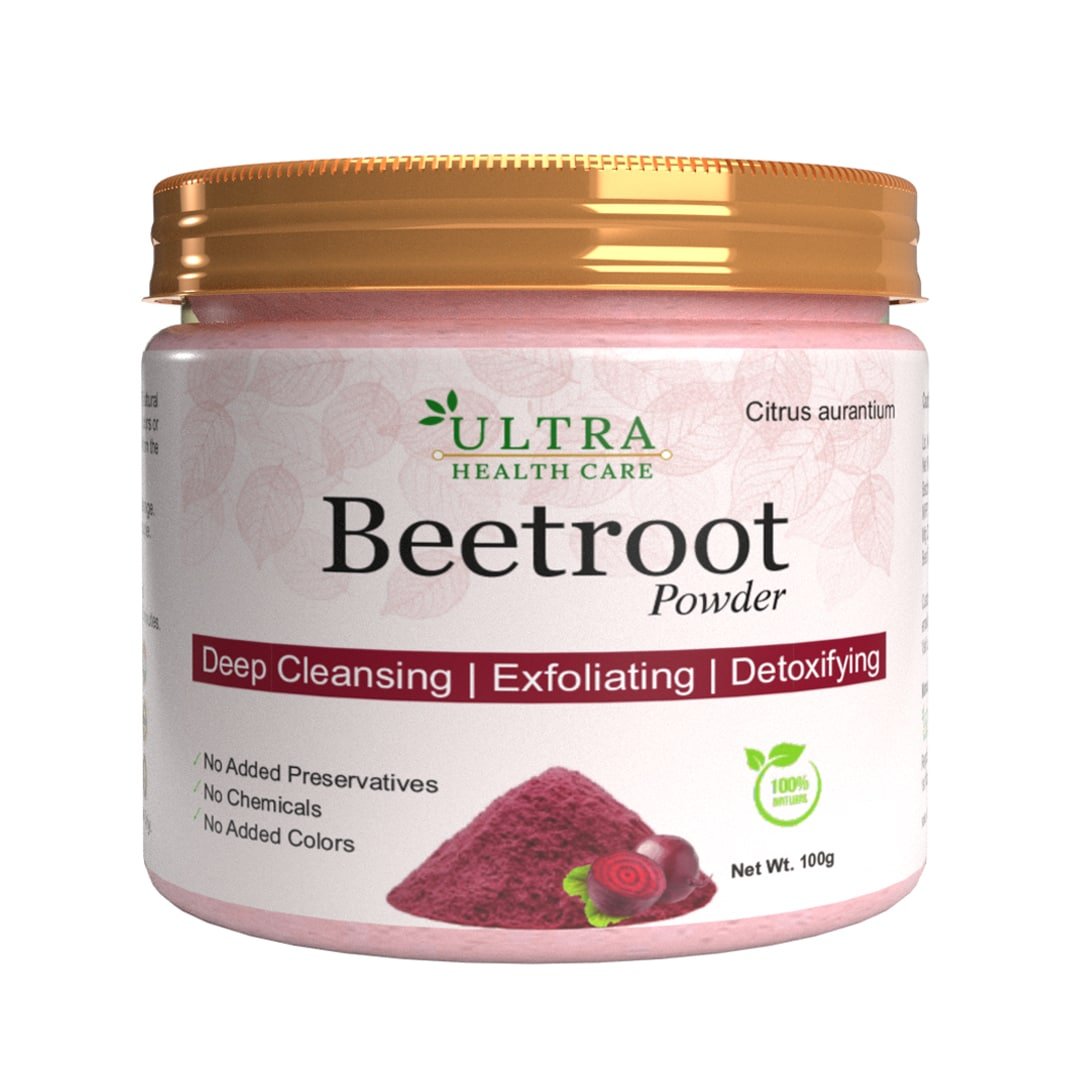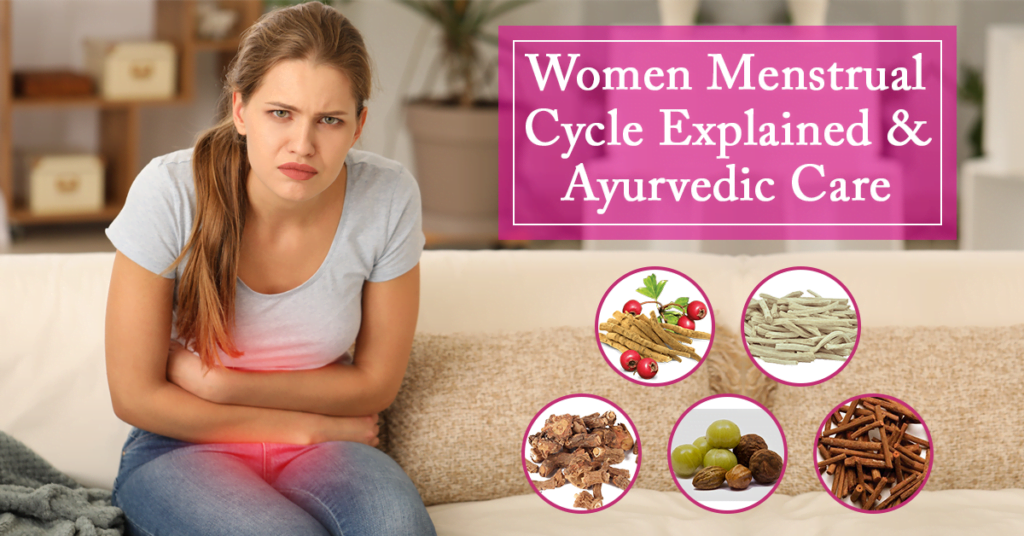Women’s menstrual cycle is majorly related to women’s health. Its care is as important as the care of bones, heart, skin, hair, or any other part of the body. It is based on the womb process and development. Every girl and woman need to be aware of the process and Ayurveda approach to stay healthy during menstrual cycle.
Understanding of the Menstrual Cycle and Why it happens ?
The concept of the menstrual cycle is also related to pregnancy, menopause, and puberty. If we perform Yoga practices, mainly suggested by the Ayurveda experts, the need for medicines, extra care, and rest decreases effectively. This month-to-month-based process is also the reason for irregulated Dosha of the body if there are complications. The menstrual flow is actually the basic tissue of the body. These tissues are the byproduct of the first layer, consisting of Plasma, Rakta Dhatu, and Rasa. It also carries hormones, water, minerals, and vitamins. These are the body wastes and leave it easily.
The Ayurvedic Approach for Women Health in Period (Menstrual Cycle)
The Rasa Dhatu and Rakta Dhatu are two combined by excess Vata, Pitta, and Kapha. Though it is a completely natural process, some women face the issues like menstrual pain, irregular period, anemia, irritation, acne, premenstrual pain, and many others. Health experts suggest taking herbs-based remedies which are experimented with in Ayurveda.
- The menstrual cycle is always compared to the lunar cycle as the moon is the significance of feminine and flow. Time is almost same for the both; 29 days. The new month starts with complete energy and pulling the egg from the ovary. Here the body doshas play a significant role. Kapha is responsible to dominate the first half of the duration. This session is known as Rutukala.
- Women start gaining several assets with Kapha including glow, peacefulness, and juiciness. It leads to ovulation. Ovulation is followed by the rutavateta Kala with the interference of Pitta.
- Pitta acts with the blood tissue layer and production of blood vessels. It further leads to the fertilization of the egg. In a few cases when the egg is not able to fertilize, though the third face arrives which is known as Rajahkala.
- The sudden rise in the Vata is known as a menstrual period. A moving force feels responsible for the menstruation flow.
The Understanding of Rajahkala:
There are several aspects related to the Rajahkala. From the beginning of the cycle, our body Doshas is dominant for this process.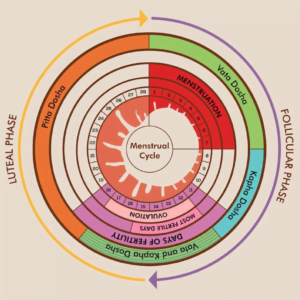 Whereas, generally the cycle starts from the age of fourteen, but girls with strong pitta begin menstruating from the age of nine years. Here the situation is Pitta dominant.
Whereas, generally the cycle starts from the age of fourteen, but girls with strong pitta begin menstruating from the age of nine years. Here the situation is Pitta dominant.
Pitta’s dominant situation is common in urban society as compared to rural society. As opposite to Pitta, Kapha is responsible for the late cycling. It slows the process and takes the cycle to sixteen years. But all three are needed for proper cycling. Without any assets of Kapha, Rasa, Pitta, and Kakta the flow will be very weak, and that will require treatment as well.
Vata mainly works via blood vessels and is responsible for the flow to come out. It has gathered for flows directions. If there is no proper ground for Vata, the pelvis faces countless disorders. The excess of the activities is responsible for the imbalance in Vata. These are more talking, thinking, running, laughing and such other. It completely changes the flow directions. This is the reason why we need to regulate our Vata for healthy cycling.
How to recognize the signs of perfect menstrual:
- It has a red color with a bright texture.
- It does not stain the cloth
- It has a slight odor.
- The common quantity is measured as four cupped hands (Anjalees).
Vata and Menstrual cycle:
The cold qualities of Vata with rough and dry senses bring tightness when it infiltrates via blood vessels to the uterus. The blood vessels become narrow. The dryness reduces the bodily tissues that further leads to emaciation. This is the major reason for menstrual flow. Furthermore, there will be a decrease in blood tissues and plasma. It also decreases the nourishment and lining of the uterus. Finally, it lessens the complete periodic flow.
There is a sense of discomfort most of the time due to Vata- Vitiated cycle. The movement is slowed and there is a mixture of old and new blood cells. This process is responsible for the dark color of the blood. The thighs and pelvis are the home of Vata, so imbalance also occurs in these parts of the body.
Types of Discomfort:
- Itchiness
- Strident
- Irregular
- Pain in back and lower abdomen
Types of feeling:
- Stress
- Fear
- Apprehension
- Jumpiness
Type of flow:
- Thin flow
- Darkness
- Dryness
Along with these, there can be difficulty in the movements.
How to balance the Vata for proper cycling:
Balancing the Vata for women monthly cycle needs to focus on the opposite qualities. Here we need warmth, oily texture, more liquid, and stability in the body position. Water qualities are proven nourishing for such conditions.
Recommendation of the Diet:
Here we get comfort with mushy and warm food. Ghee is highly recommended due to its strongest assets. Here we need to avoid caffeine as it irregulates the flow.
Use of Castor oil is beneficial:
The castor oil is known for its sticky, sharp, heating, and heavy assets. Its consumption will not only nourish the inside but tissues as well. It will open the blockages formulated by dried Vata. In this way, it will smooth the process.
Body Hydration:
Hydrating the body is a completely natural solution. It nourishes rasa dhatu and helps to stay energetic. Here we need to drink a lot of water. We can add some Ghee, hempseed oil, flaxseed oil, or healthy oil in the warm water and drink. It will moisture the tissues completely.
The Yoga practice and Pranayama:
There are several yoga postures to stay comfortably in the period. Pranayama is the most recommended and beneficial yoga practice during this time. It soothes the flow without any hindrance. Herbs are equally effective as according to the Ayurveda. The herbs are available in the form of medicines as well. Fresh ginger tea is also effective on discomfort. An ayurvedic health expert suggests the best natural remedy in this regard.
Pitta and Menstrual cycle:
Pitta is Sharp and hot in nature. It maintains the fluidity and heat along with the nature of blood. Pitta is responsible for the heavy flow. It also causes irritation in the body that further results in swelling. Some women also experience swollen breasts during the period.
Types of discomfort: Burning feeling
Types of feelings: irritation and anger
Types of colors: red or yellowish
Along with these, it feels hot and plentiful. There is a rise in body temperature and light headache. Feeling of vomiting, diarrhea5, and nausea throughout the period.
How to balance the Pitta during this time?
All we need to balance the temperature nearby. A quality coolness is reliable to bring the softness and smoothness.
What is good to eat: here we need to avoid oily food. It helps to control irritation and anger.
Coconut oil is beneficial: coconut oil is best for cooling. It has the natural properties to balance the pitta with cooling qualities and sweet taste. It is very beneficial if consumed daily during the period.
A massage provides relief: for those who have pain in the breast during this time, it is better to give a small round of massage. The breast care balm is available with natural extracts that remove the discomfort as well. Pranayama is beneficial in this situation as well.
The Ayurvedic herbs are highly recommended here. This cleans the blood and affects the release of pitta. These also balance the blood level with the removal of toxins. Aloe Vera juice is very effective if taken twice a day. Along with these, Guduchi, Brahmi, and Shatavari are highly recommended herbs. These can be consumed according to the suitability of the body.
Kapha and Menstrual Period
If there is Kapha imbalance in the body it results in stickiness, heaviness, restlessness, and denseness. Some women also face the issues of blockages and obstruction in the entire body system. Swelling, inflating and puffiness are also common. Kapha’s cycle is heavier than other cycles.
Types of Discomfort: Dullness in the body and itching
Development of Emotions: Stress, emotional stress
Colors: dark yellowish blood.
This type of period is longer and flowy. It also causes yeast infections and more sleep.
How to balance the Kapha during the period?
The imbalance of the Kapha is usually recognized with the prances of oiliness, thickness, and heaviness in the rasa dhatu. Here we need to bring thinness, lightness, and fluidity. We have to work on the “Agani” by stimulating the metabolism. The warm situation is very friendly here.
What should be in the diet?
Edibles like cardamon, black pepper, cinnamon, and ginger are very beneficial. It is better to sleep less and wake up with the sun. Indulge more in the activities instead of keeping resting.
Exercise: A morning walk is highly recommended. It raises the movement of blood in the body. It also brings calmness during the entire cycle.
Salt massage: some women get relief with a salt scrub. You can mix salt with body massage oil to avoid more roughness and friction. But the friction helps for proper lymph movement.
In addition to these, herbs like Guggulu, Kanchanar, Ginger, and Tulsi are very helpful. These remove the excess tissues from the Kapha.
Self-awareness for self-care: Self-awareness in women is very important for self-care. A simple diet plan that is reliable for the digestive system is always recommended. Keep the spices like Saffron, Cumin, Coriander, Ginger, Cardamom, Cinnamon, and Fennel around to consume.
Keep the body rejuvenating and resting. Do not repeat overthinking, even yoga practice and sexual activity frequently. These consume energy and make the body dull for the entire day. Warm teas like Ginger tea and Lemon tea with honey are highly usable. It can be a CCF tea as well. (Coriander, Cumin, and Fennel).
Which herbs are beneficial?
Women, who face the issues during their cycles prefer to go more with the ayurvedic process of handling as compared to medicines. It is reliable to maintain a specific flow during the menstrual.
The natural extracts are reliable to fulfill the particular needs of the body during such time. These are considered best “Remover of Sorrow”. Here is how this effect:
Shatavari: This herb is known to build strength while pitta is removed. It keeps the urinary system clean and keeps the body away from stress.
Ashwagandha: it is a great tonic for women’s nervous system. It builds the essential properties in the body which lead to proper vata flow.
Anantamul: it is also a pitta pacifier and blood cleaner. It cleans the genitourinary tract and nourishes the body.
Manjistha: Best blood purifier and pitta remover. It builds the blood gently. It also kills the pain.
Triphala: this extract also helps in waste removal. It removes the toxins from the body. It has rejuvenating capabilities.
There are several women who feel normal during this cycle, but the list is long of those who don’t like it due to imbalance, pain, irritation, and other unwanted health changes. This time becomes more frustrating with these complications. We can easily avoid these if recognize the reasons with the help of health experts. The small awareness can help to stay normal and happy.


